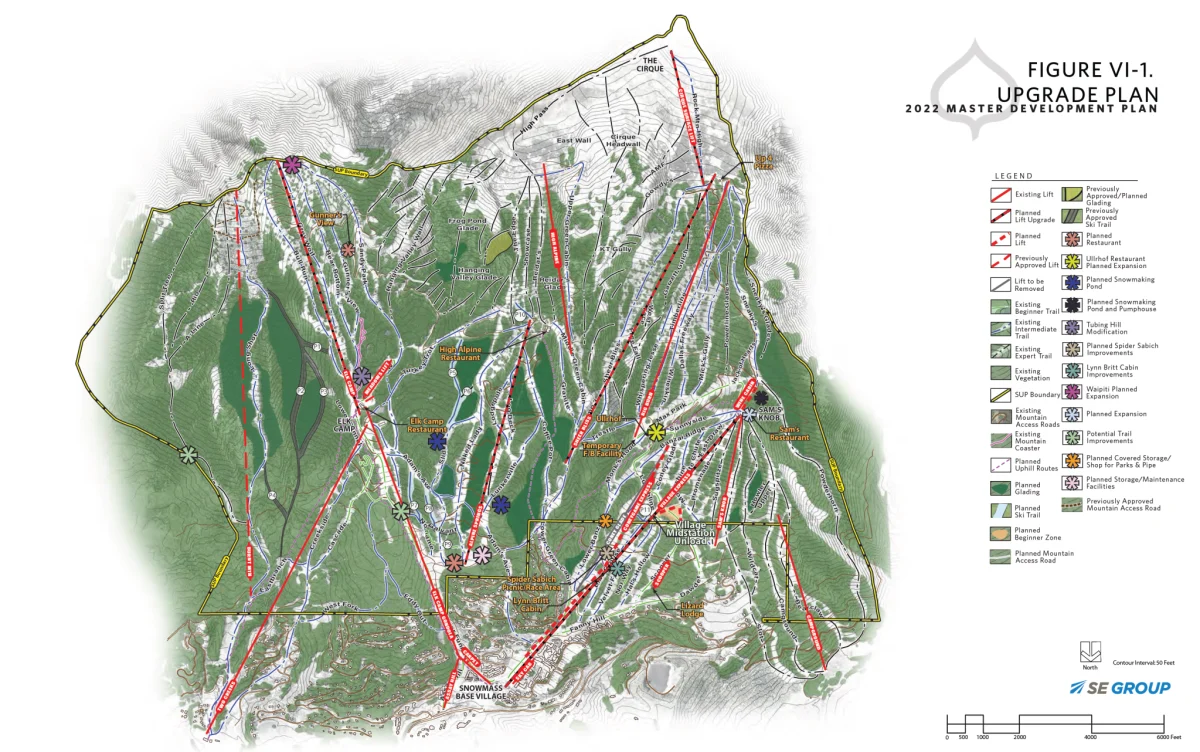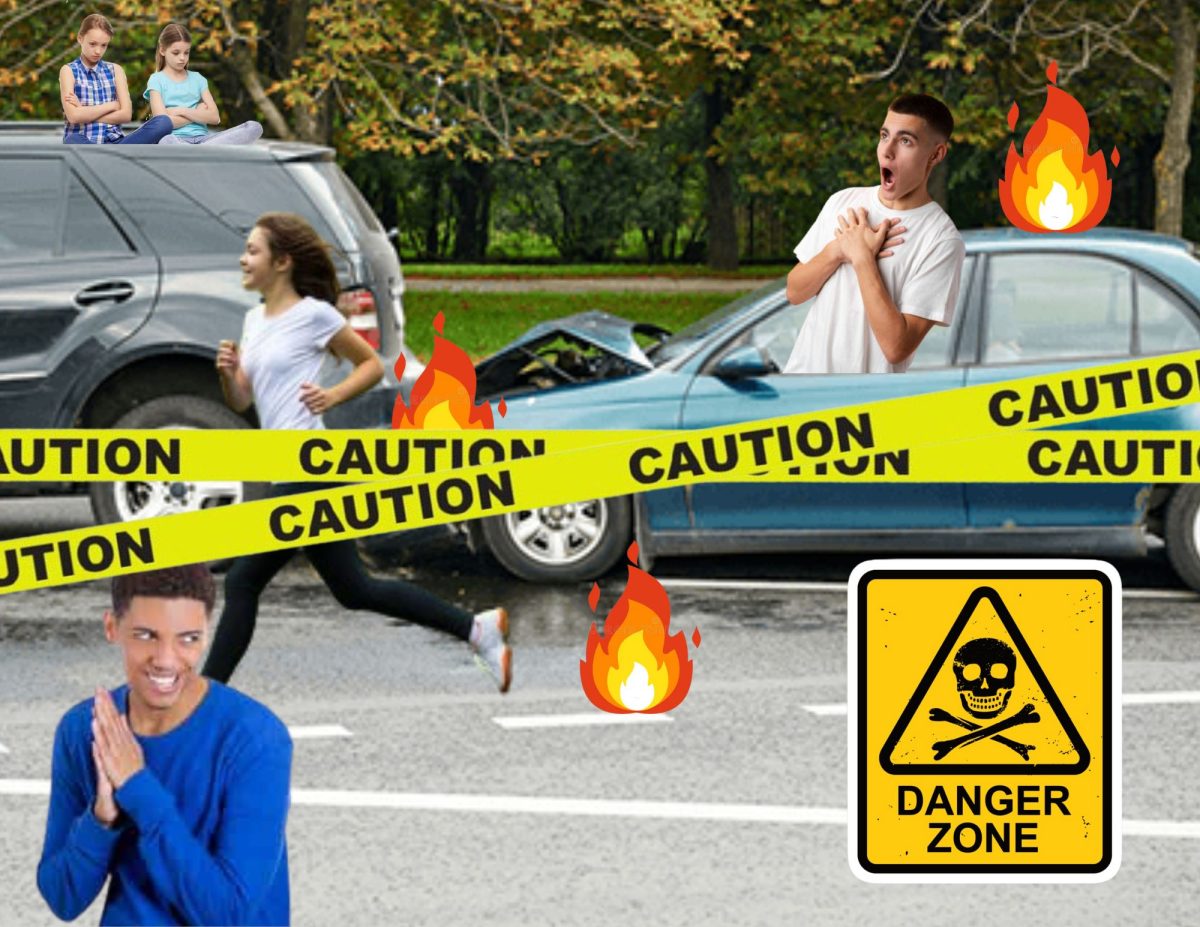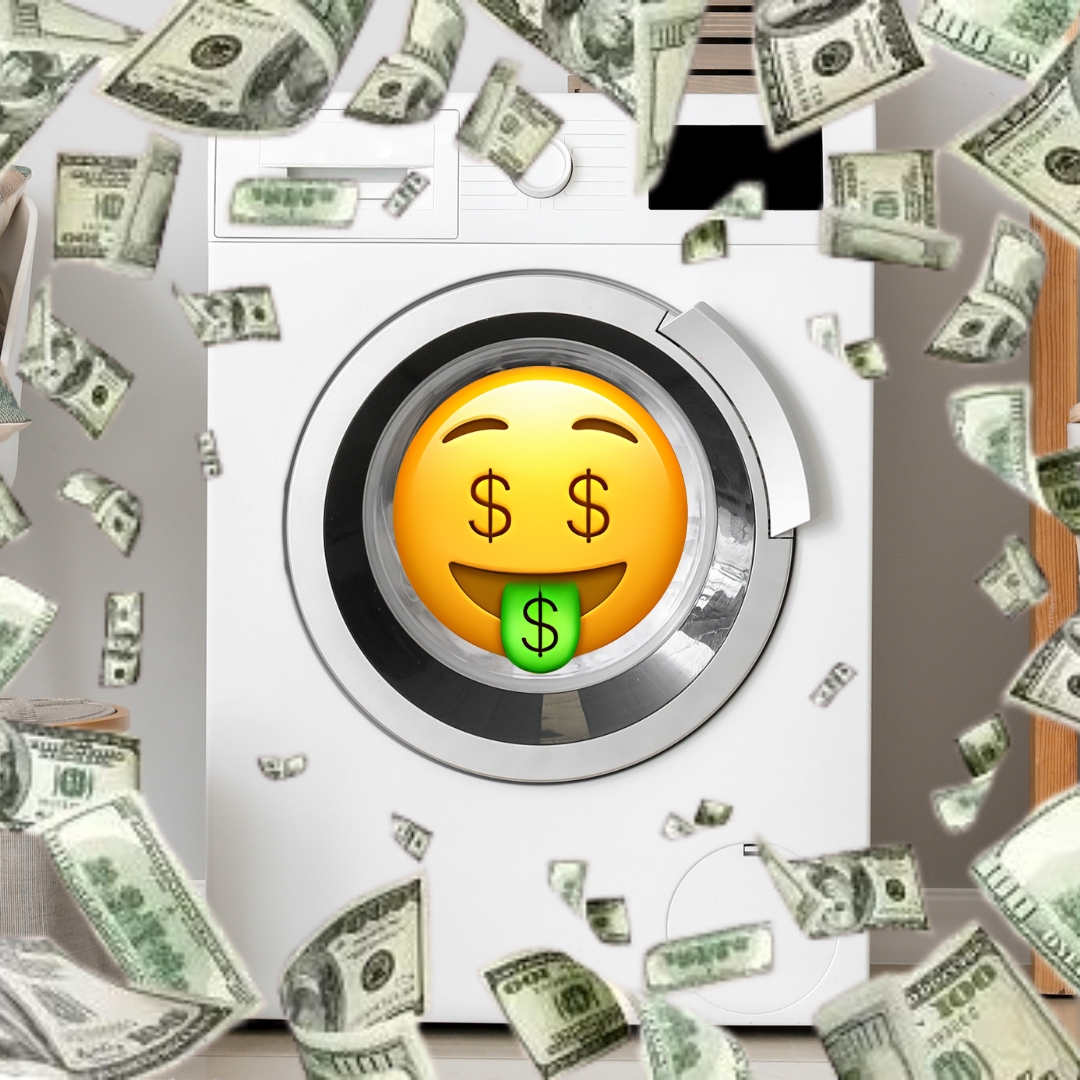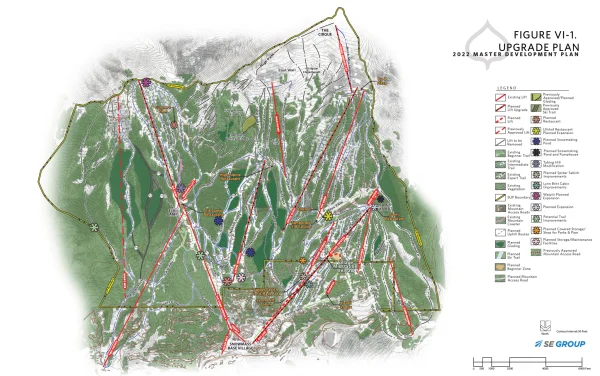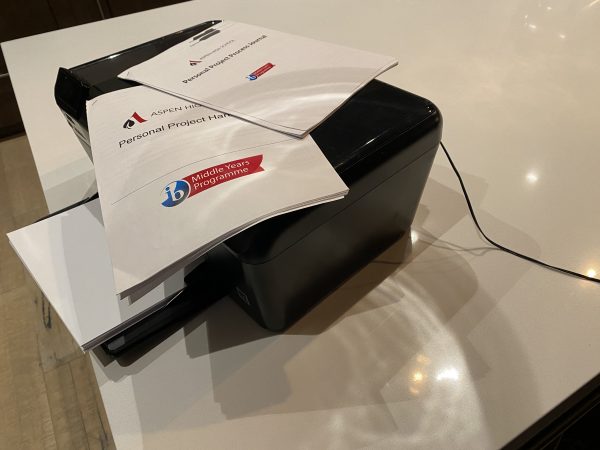Beating the winter blues

Highlands mountain during December
Seasonal Affective Disorder (SAD) is characterized as a form of depression that affects people mainly in the fall and winter months. A change in the seasons triggers SAD, and there are many different theories as to why this occurs.
Some experts believe that a change in the seasons disrupts a person’s natural circadian rhythm. Circadian rhythm is a 24-hour clock that regulates your body’s function. This “clock” can cause you to feel alert at times and drowsy at others. Another theory experts have is that SAD is caused by a disruption in a person’s hormones such as melatonin and serotonin, both of which regulate mood, sleep, and feelings of well being.
SAD is common but very treatable. It is essential to treat this condition because it is a form of depression which hinders people’s ability to perform their daily activities to the fullest extent. Some possible treatment options for people who have SAD are light therapy, cognitive behavioral therapy, and in some cases antidepressants. Another approach can be to create a strict routine and stick to it. During the times of the year when it is colder outside, and it gets darker earlier in the evening, this is helpful because it can provide your body with much-needed sunlight and exercise.
Christina M King, a licensed professional counselor and the co-founder of The Aspen Strong Foundation, believes the best way to combat Seasonal Affective Disorder is through cognitive behavioral therapy.
“The most effective form of treatment in my professional opinion is cognitive behavioral therapy. Though the symptoms may be seasonal, if you gain the tools to support adaptive thinking, feeling, and behaving then you will always have those tools which can be supported during difficult times of the year,” King said. “Checking in with a therapist, coach, holistic support, support group, or family and friends who understand can be additionally helpful in accessing the tools to work through depressive symptoms.”
It is crucial for someone who suffers from this condition to recognize some of the triggers of SAD and learn about some of the symptoms. Performing mental health screenings, even if they are only for educational purposes, can help tremendously in allowing people to identify the symptoms of depression.
“If we are self-aware, we will begin to notice changes in our behavior. With specifics to depression – that may include a change in eating or sleeping,” King said. “Often increased sleep a disinterest in normal activities, feeling down, sad, or uninterested.”



